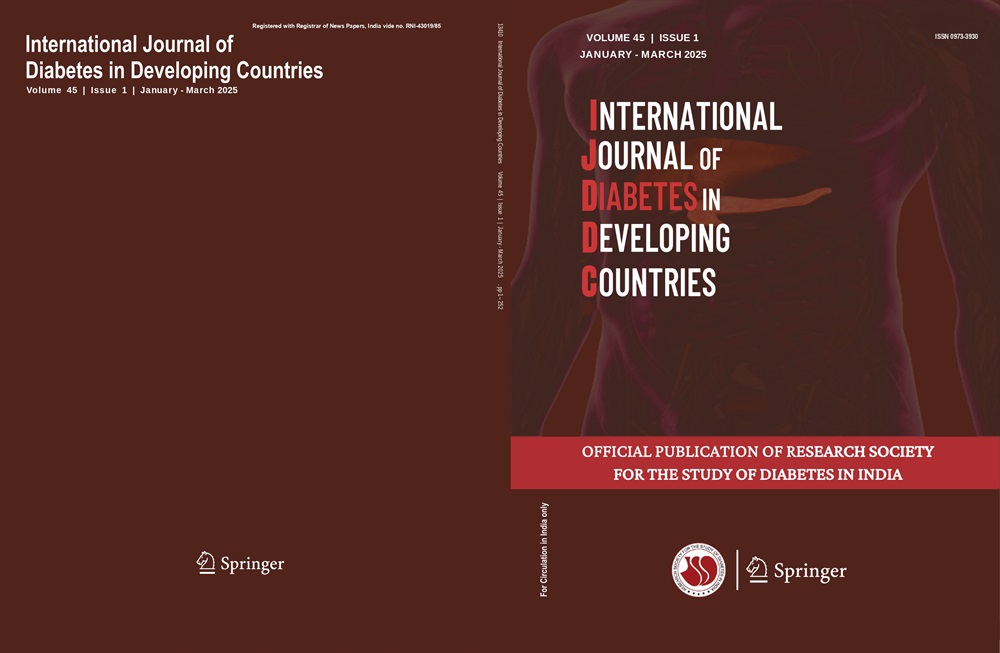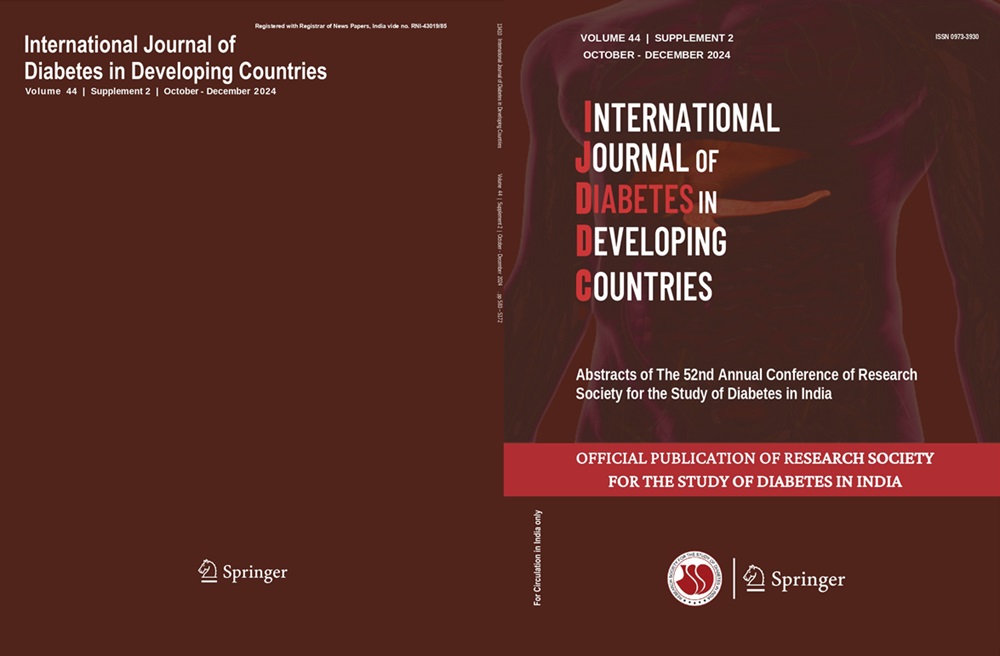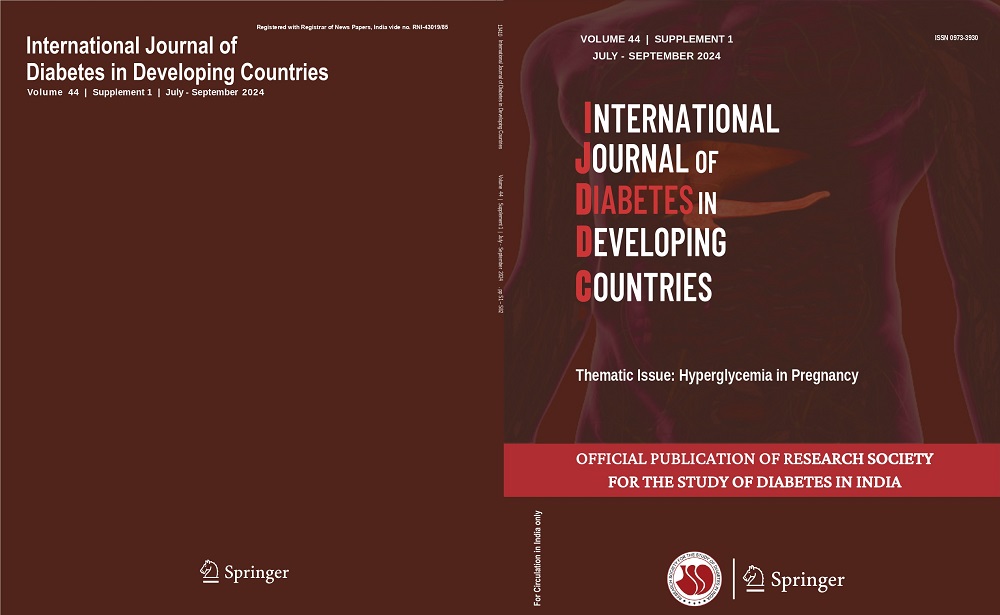Ehsan Mir, Alireza Shamseddini, Najmeh Rahimi, Behzad Bazgir
Keywords
Adipokine • Obesity • Insulin resistance • Body composition
Objective To determine the impacts of 12 weeks of aerobic, resistance, or combined training on FAM19A5, glucose homeostasis, body composition, and physical performance in obese men.
Methods Fifty-eight obese men [age = 49 ± 6 years; body mass index (BMI) = 29 ± 2 kg m −2 ] were randomly assigned to aerobic training (n = 14), resistance training (n = 15), combined training (n = 15), and control (n = 14) groups. Interventions were three sessions per week for 12 weeks.
Results FAM19A5 levels remained unaltered in all three intervention groups. However, insulin concentrations, triglyceride, HOMA-IR, VAI, TyG, and fat% declined in all three interventions, whereas VO 2max increased. In addition, glucose levels, LAP, body weight, and BMI were reduced in aerobic and combined groups, while systolic blood pressure was reduced in resistance and combined programs. We also observed a significant reduction in low-density lipoprotein following only combined exercises and a significant increase in high-density lipoprotein after only aerobic exercises. There was a significant negative relationship between serum levels of FAM19A5 and HOMA-IR.
Conclusion This is the first report to assess the influence of exercise interventions on circulating FAM19A5 levels in obese adults. Although FAM19A5 levels remained unchanged in all three interventions, our work provides information to support that aerobic, resistance, and combined regimens can be effective in improving HOMA-IR, triglyceride, systolic blood pressure, BMI, and aerobic performance in obese men. Additional studies with large sample size should be conducted to further clarify the underlying mechanisms.




